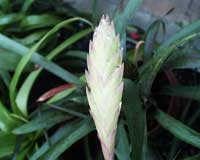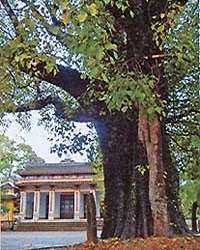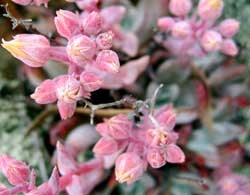The process of soil detoxification using plants, known in technical terms as “phytoremediation”, filters and removes harmful substances from contaminated soil. The detoxification ability depends on the type of plant, and the capacity to extract metals or metalloids from the soil varies among different plant species.
A recent study conducted by a team of scientists from Singapore discovered that several common tropical plants could play a significant role in soil detoxification. Many of the plants included in the study are native to tropical regions, making it somewhat easier to introduce these species to countries with similar climates.
Professor Lam Yeng Ming, the Chairman of the School of Materials Science and Engineering, remarked: “For a small country like Singapore, soil can be reused to support new urban planning projects, thus a method for healing contaminated soil that is both environmentally friendly and sustainable is very important.”
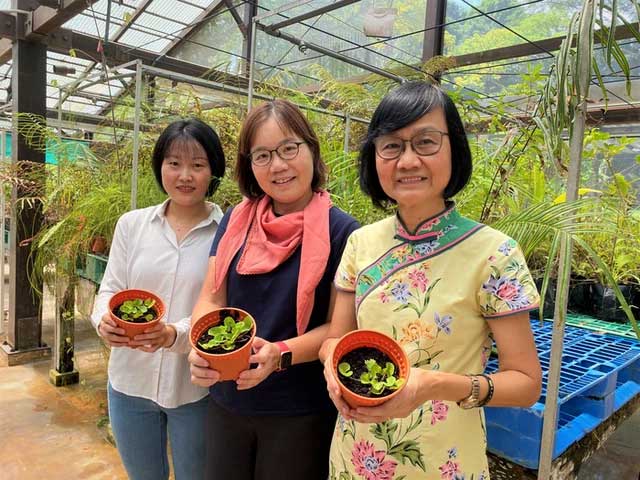
Research team photo with “detox” plants.
According to him, the research team will utilize tropical plants for soil detoxification, as this method is simple, effective, and also aesthetically pleasing. The planting strategy not only combats erosion but also prevents metals from spreading to other areas, thereby slowing the rate of soil contamination.
In their scientific report, the team identified 46 plant species capable of detoxifying soil. Among them are common plants such as: Ginger grass (Axonopus compressus), Chinese brake fern (Pteris vittata), and Centella (Centella asiatica), which are very effective in removing heavy metals and metalloids from the soil.
These herbal species can eliminate metals and metalloids that are toxic to humans and animals, such as cadmium, lead, arsenic, and chromium. While these substances are not highly toxic in themselves, their accumulation in the soil over time can have unpredictable consequences for living organisms. They can accumulate in the topsoil due to the disposal of electronic waste or pesticide spraying.
Currently, local government agencies have identified areas contaminated with heavy metals and are eager to implement this new detoxification method. The tree planting project aimed at removing toxins from the soil aligns with strategies to improve human quality of life.
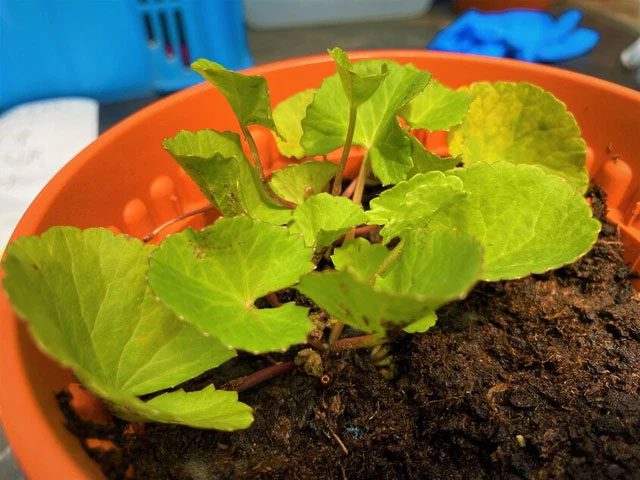
Herbal species that can eliminate metals and metalloids…
The phytoremediation method can complement or even replace other industrial soil detoxification methods, such as soil washing or acid extraction. This green, clean, and beautiful treatment will always be preferred over the application of harmful chemicals.
However, phytoremediation requires community commitment, as the method is sure but slow. Moreover, there is the challenge of managing the plants that have absorbed toxins from the soil.
Scientists are currently exploring ways to integrate inorganic particles into plants to both accelerate their growth and enhance their ability to absorb pollutants. If successful, patches of grass and large vegetable fields will quickly spread greenery throughout urban areas, cleansing the soil of byproducts generated from human activities and lifestyles.








































